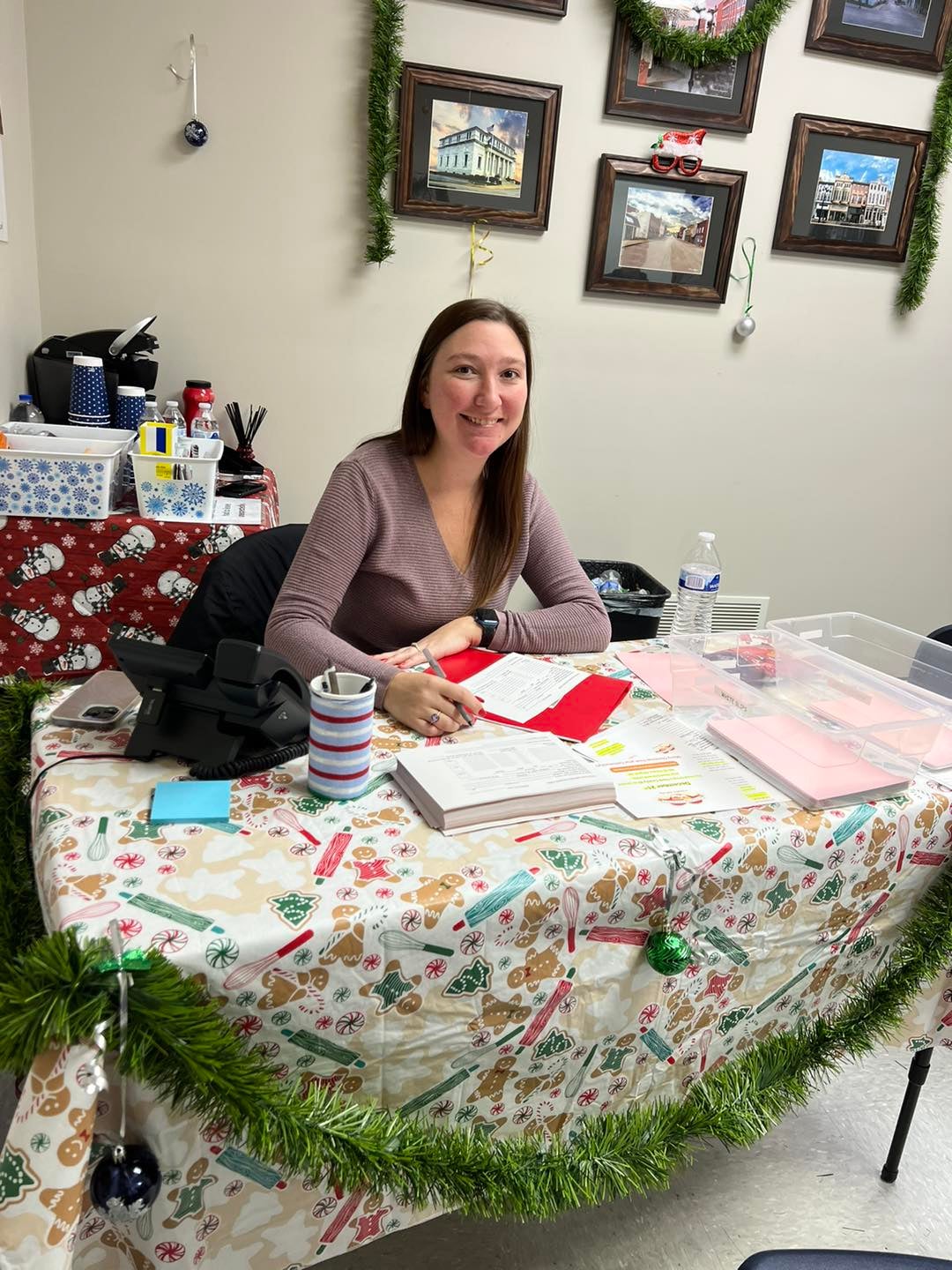Stamm: Managing soybeans after a wet summer, fall
Published 8:58 am Wednesday, November 14, 2018

- Clay Stamm is the Clark County Cooperative Extension Service agent for agriculture and natural resources.
Excessive rain in late summer and early fall has been more than many soybean plants can handle.
The wet weather occurred as soybean seeds were at or approaching physiological maturity.
Entire plants were beginning to shut down as their mission of making seed was complete.
The wet weather provided the perfect conditions for various fungi to take advantage of these plants.
Also, these conditions favored sprouting while seeds are still in the pods.
This wet weather also provided a perfect environment for saprophytic fungi to colonize soybean plants, and for plant pathogenic fungi to colonize stems and pods and infect seeds.
Most notable are the pathogens that cause phomopsis seed decay and purple seed stain.
Phomopsis seed decay is primarily known for reducing seed germination.Both phomopsis seed decay and purple seed stain may lessen other quality measures, such as oil and protein concentrations.
The primary way producers can manage phomopsis seed decay and purple seed stain is to harvest soybean fields as soon as possible after they are mature.
When significant rainfall occurs after soybeans become mature, the risk of these seed diseases dramatically increases.
The fungi that cause these diseases over winter on soybean residue in fields and can be seed-borne. Crop rotation and avoiding planting bin-run seed also may help reduce the risk of these diseases in the future.
Foliar-applied fungicides may have some effect on these diseases, and protection against these diseases may slightly increase if they are applied at the R5 growth stage — beginning seed stage.
When high amounts of frequent rainfall occur after fields are mature, the effectiveness of these management practices may be limited.
Seed sprouting in the pod is a rare occurrence.
First, soybean seeds must dry below about 55 percent moisture at which seeds reach physiological maturity.
Then, seeds that were below about 55 percent moisture must imbibe enough water to go back above 55 percent moisture for seeds to sprout.
This order of events is rare on upright soybean plants where pods are exposed to air and sunlight as leaves drop.
The drying and wetting of soybean pods weaken the pods.
As the pods dry down a second or third time, many pods will split and drop seeds on the soil.
You can expect lower yields and damaged seed.
Grain buyers are likely to pay discounted prices for damaged seed.
Farmers who have drying capacity could try to harvest soybean fields as soon as field conditions and machinery allow.
Chad Lee, University of Kentucky extension agronomist, provided the information. For more information about soybeans and other grain crops, call the Clark County Cooperative Extension Service at 859-744-4682.
Clay Stamm is one of the Clark County Cooperative Extension Service Agents for Agriculture and Natural Resources.





